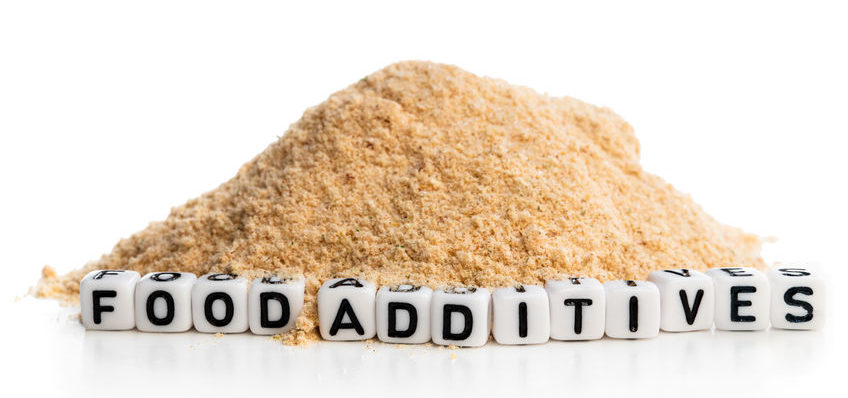
Preservatives are used to maintain desired product sensory attributes and extend product shelf life by preventing the process of oxidation and bacterial growth. Typically preservatives are categorized in one of two ways; man made or natural.
Natural preservatives include the following:
- Citrus
- Vitamin E (tocopherols)
- Ascorbic acid
- Rosemary
- Sugar
- Salt
- Vinegars.
Common man-made derived preservatives used in food include:
- Calcium Propionate
- Sorbic Acid
- Propionate
- Nitrites and Nitrates
- Sodium Benzoate
- BHT and BHA
Preservatives and Nutrient Absorption
Man made preservatives are often criticized for potential negative health impacts such as impeding gut health and nutrient absorption. While the science is continually developing, understanding the role of bacteria in the gut and reflecting on known inhibitors of nutrient bio availability can help to shed light on the potential impact of preservatives on nutrient absorption. According to their purpose in extending shelf life, preservatives prevent bacteria. Which sounds like a good thing, and it is to a certain extent. One could easily infer how excessive consumption of processed foods with synthetic preservatives could reduce performance of nutrient absorption. In terms of bio availability, micronutrients such as vitamins and minerals vary greatly in absorption during digestion based on external and internal factors. How the food is prepared, what foods are consumed at the same time, environmental stressors inhibiting proper digestion, all play a role. To truly understand the impact of preservatives and nutrient absorption, each preservative would need to be tested in a variety of experimental design including such factors. In some cases, additives such as folic acid used to fortify cereals are usually more bio available and should be consumed to complement foods like leafy greens that naturally contain folic acid, though less bio available.
Preservatives and Fat Storage
To understand if preservatives trigger the body to enter fat storing mode, we must first have a basic understanding of how the food we eat is converted into fat and stored. Below outlines the basic process of how the food we consume is converted into fat, and stored in the body:
- Fat is stored in the body through a process starting with emulsification in the intestines.
- Triglycerides are mixed with bile salts secreted from the gallbladder, increasing the surface area of the fat by forming smaller droplets of fat called micelles.
- The pancreas then secretes lipase enzymes that attack the micelles to break down to glycerol and fatty acids.
- Once the glycerol and fatty acids are absorbed into the lining of the intestine, they are reformed into chylomicrons, a.k.a. triglycerides coated with protein, to increase water absorption properties.
- Chylomicrons are able to enter the lymphatic system until the lymphatic system merges with a vein allowing the chylomicrons to enter the bloodstream.
- Lipoprotein lipases break down the chylomicrons in the bloodstream to fatty acids.
- Meanwhile, the pancreas was triggered to secrete insulin once glucose, amino acids, and/or fatty acids were detected in the intestine.
- The fatty acids in the bloodstream are then absorbed from the blood into cells of the body such as fat cells, liver cells, and muscle cells. Insulin facilitates the process of storing fat droplets.
Final Thoughts
There is currently no science-based evidence that the consumption of foods using man-made preservatives encourages fat storage in the body. Man-made preservatives are broken down by the body during digestion and excreted as bi-products. No evidence currently exists supporting the claim that preservatives maintain their original form during digestion to cause harm in our guts.
Additionally, according to the United States Food and Drug administration (FDA) and the Michigan State University Center for Research on Food Safety, the anti-microbial properties of man made food preservatives prevent our digestive systems from exposure to harmful microbes including bacteria, yeast, and mold associated with potentially-fatal food borne illnesses. Considering the amount of preservatives one would have to consume to see a negative impact, the protection preservatives the FDA deems Generally Recognized As Safe (GRAS) provides from such harmful microbes causing food borne illnesses can be viewed as doing more good than harm. In the words of Natalie Allen, professor of Biomedical Sciences at Missouri University, “Testing preservatives and assessing their safety is an ongoing process for scientists. As we learn more, information evolves.” In short, it is safer to consume foods with preservatives in moderation rather than risk eating foods infected by bacteria and fungi especially considering the lack of evidence that preservatives remain in their original form to cause harm in our guts.
For more info, check our Youtube!
References
Aggett, PJ. (2010). Population reference intakes and micronutrient bioavailability: a European perspective. American Journal of Clinical Nutrition 91(suppl):1433S-1437S. doi:10.3945/ajcn.2010.28674C
Craig Freudenrich, Ph.D. (2000). “How Fat Cells Work” Retrieved April 28 2020 from <https://science.howstuffworks.com/life/cellular-microscopic/fat-cell.htm>
Martin, Kevin J., Voinescu, Alexandra.. 2013. Calcium, Phosphate, PTH, Vitamin D and FGF-23 in Chronic Kidney Disease. Nutritional Management of Renal Disease. Retrieved April 24 2020 from <https://www.sciencedirect.com/topics/medicine-and-dentistry/food-preservative>.
Miller, John. (2016). Impact Of Preservatives On The Body. Retrieved April 28 2020 from <https://medium.com/invironment/impact-of-preservatives-on-the-body-eede56dfd44f>.

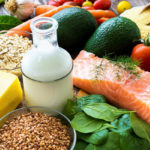

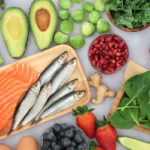
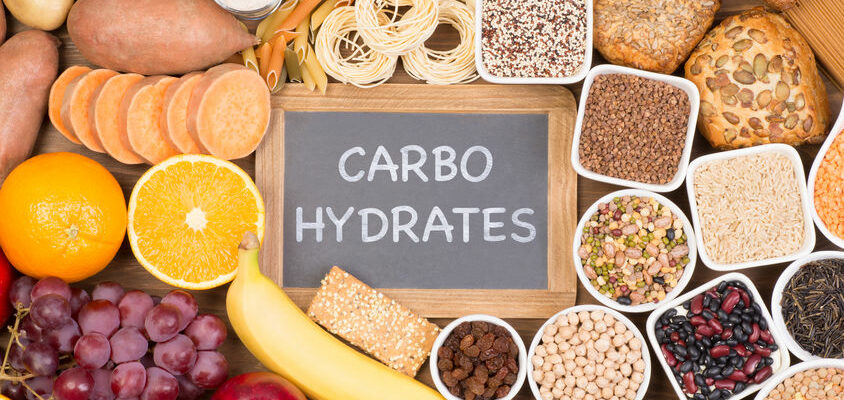


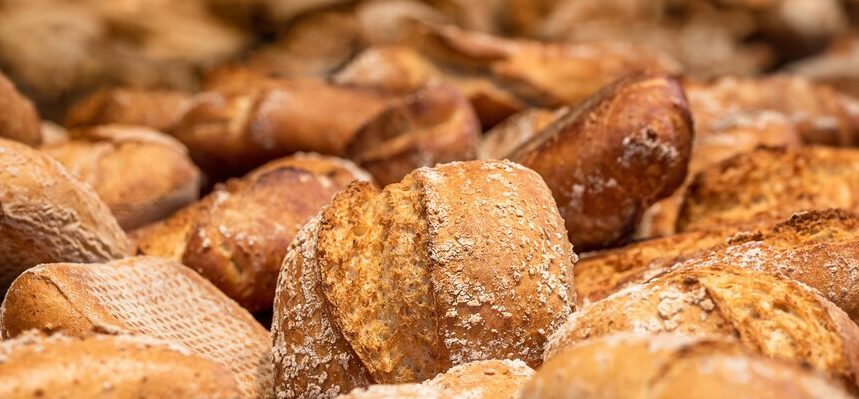

Leave A Comment